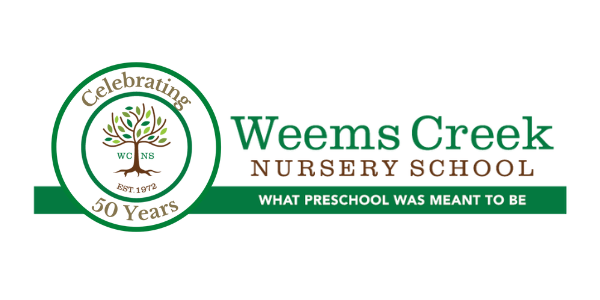What does a personal protection class have to do with teaching your child strong communication skills? “Uhhh…not much?” I mean, a personal protection class is all about learning how to defend yourself against someone who is physically attacking you, right? Well, that’s partly true, yes. But I have recently learned there is a whole lot more to it. If we open our minds, a personal protection class actually has a LOT to teach us about empowering children with strong communication skills. Skills that will help them stand up for themselves and be creative in problem solving — and ultimately foster healthy independence and increase their natural resilience.
For the last month I’ve been in Sarasota, Florida. I went for a variety of reasons (sunshine and warm weather being one of them!), but while there I took the opportunity to sign up for personal protection classes. Rooted in his training as a professional bodyguard, Alex Popeskou’s program emphasizes the philosophy that each of us is 100% responsible for our own lives, and communication is one of our strongest self-defense tools.
Communication is not just one, but three layers of defense:
energy
verbal
and, lastly, physical
It may seem like a stretch to relate this to preschool aged children. Stick with me. I’m not suggesting 3, 4 or 5 year olds be 100% responsible for themselves. I am suggesting they are the perfect age to learn about different types of communication in order to slowly increase their awareness for ways they can help themselves.
ENERGY: First we must be able to read a situation. People and environments all possess an energy. Whether that energy feels good, bad, safe or dangerous is up to us to discern. How? Usually we do it through what we call a “gut reaction.” Energy is something you feel. When we pause to listen to, and trust, our intuition, we will accurately read the energy of a situation more times than not.
VERBAL: Second, we have our words. The age old adage think before you speak is a good one, particularly when in tense or uncomfortable situations. How we respond to others can be the difference in escalating a situation or diffusing it before it gets out of hand. No matter the situation, “Be nice,” Alex teaches. Using respectful words in a calm voice can deliver a firm message yet is less likely to provoke someone compared to an aggressive tone of voice.
PHYSICAL: Trusting our intuition and calmly and respectfully using verbal communication will help most of us manage the majority of the situations in which we find ourselves. Physical contact is a last resort, and when used should be done so to protect oneself, not to initiate or cause harm.
In summary, children are never too young to learn how to protect and advocate for themselves. Teaching children communication in terms of energy, verbal interaction, and physical contact provides them a powerful tool to have as they grow to be independent young people.
Have a comment or a relevant story? Share it with us!
Warm regards,
Mary.

